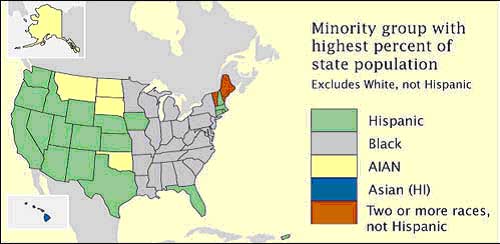
Star plots allow you to compare different types of data for various experiments or designs. The radius of the star or design represents different characteristics. This particular star plot is a plot of MER IDD and other various designs.
source: https://blogger.googleusercontent.com/img/b/R29vZ2xl/AVvXsEjWz-5thcbtTlVmyaVIg80rlNj11FEbdsPaT5v7oD6RjXlGeGqJxbxTroN8P1D6rtHTJRN3Nwq1kNTi73-3xVgPiidbycUk-NCrooxTC996ciJOmBGJDmhyphenhyphenGz_HUFxoxojg88xRxTA1nsYC/s400/starplot.gif




